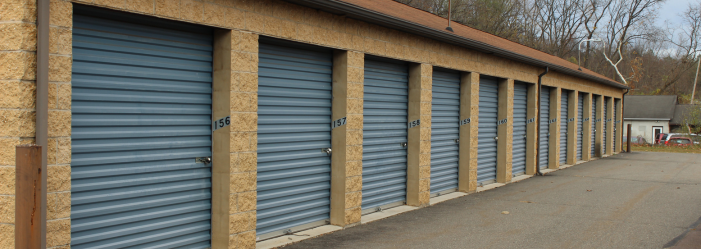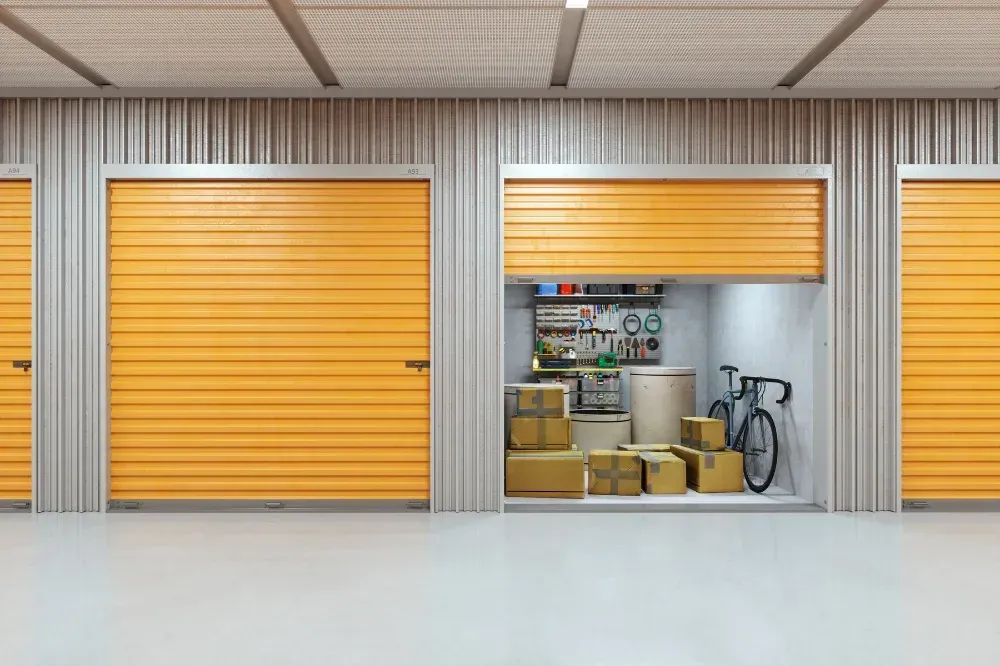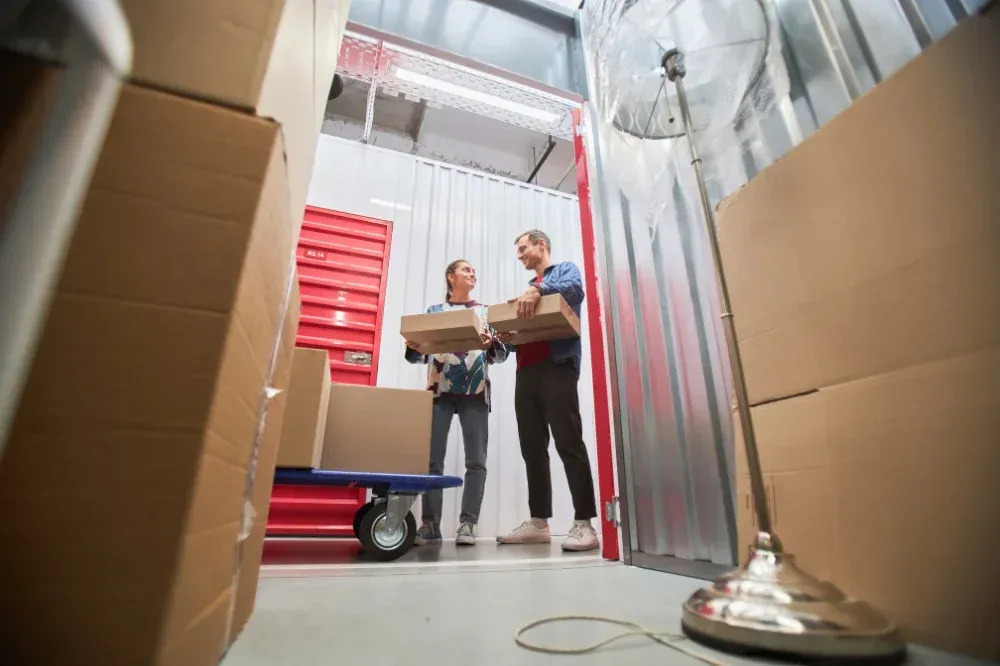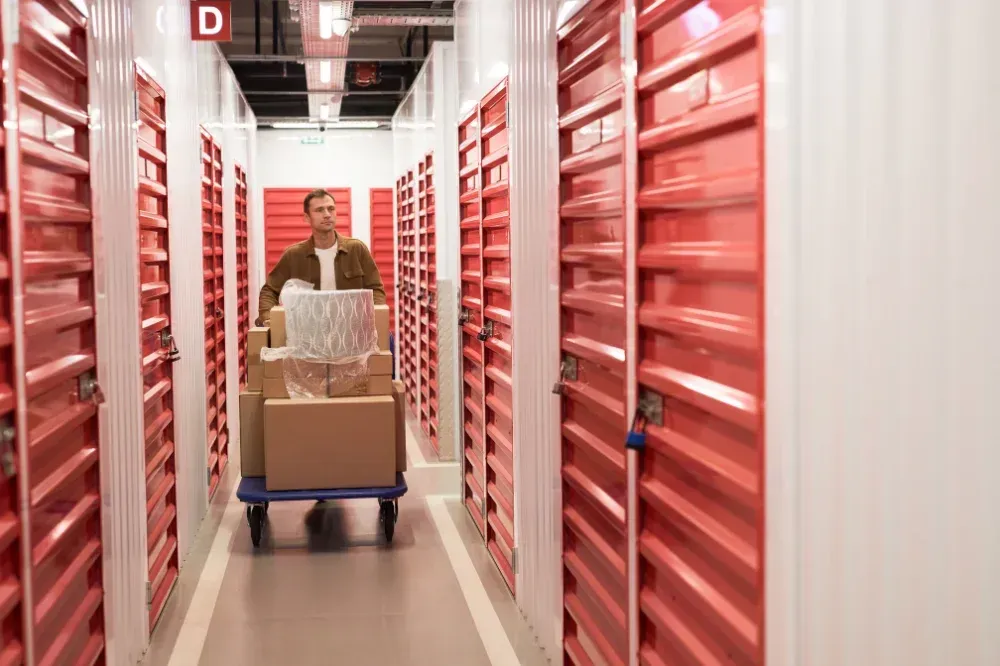Essential Tips for Storing Furniture: Protecting Wood, Upholstery, and Leather
Essential Tips for Storing Furniture: Protecting Wood, Upholstery, and Leather

When it comes to storing furniture, doing so properly is critical to maintaining its condition and extending its life. Whether you’re in the midst of a move, downsizing, or simply need extra storage space, the wrong approach to storage can lead to serious damage. Without the right preparation, furniture can suffer from problems like warping, mold growth, pest infestations, or fabric deterioration. This detailed guide will walk you through essential tips on how to protect your wood, upholstered, and leather furniture when it’s in storage.
Choosing the Right Storage Space
The environment where you store your furniture plays a vital role in preventing damage. The two primary types of storage spaces are climate-controlled and non-climate-controlled. Climate-controlled storage is highly recommended for sensitive materials, as it helps maintain consistent temperature and humidity levels, which can protect your furniture from moisture-related damage like warping or mildew. If you must use non-climate-controlled storage, be sure to take extra precautions to manage temperature fluctuations and humidity.
Indoor storage is always the better option for protecting furniture compared to outdoor storage, especially for delicate items such as leather or fabric-covered furniture. Indoor storage shields your items from direct sunlight, rain, and fluctuating outdoor temperatures.
Preparing Furniture for Storage
Before storing your furniture, it’s important to take the necessary steps to protect it from the elements. The first step is cleaning—dirt, dust, and moisture left on furniture can cause irreversible damage, such as mold growth and fabric deterioration.
- Clean and dry your furniture thoroughly before storage. Dust, dirt, and oils from your skin can damage upholstery, and moisture can cause wood to swell or rot.
- Disassemble large items when possible to save space and reduce stress on joints. Keep screws, nuts, and bolts in clearly labeled bags to make reassembly easy.
- Wrap and protect each piece of furniture appropriately, keeping it safe from physical damage during the storage process.
Protecting Wooden Furniture
Wooden furniture is particularly susceptible to damage, including scratches, warping, and cracking. To protect wooden pieces:
- Clean it carefully: Dust and clean your wood furniture with a soft cloth. Avoid harsh chemicals that could strip the wood of its finish.
- Apply furniture wax or polish: This adds a layer of protection and helps maintain the furniture’s finish, preventing it from drying out.
- Wrap the furniture: Use moving blankets or furniture pads to wrap wooden pieces. Avoid using plastic wrap or plastic covers because these can trap moisture and create an environment conducive to mold growth.
- Store upright and supported: When storing, ensure wooden furniture pieces are stored upright and supported to prevent them from warping or bending.
Protecting Upholstered Furniture
Upholstered furniture can be especially vulnerable to stains, odors, and mildew while in storage. To protect it:
- Vacuum thoroughly: Before storing upholstered furniture, vacuum the fabric to remove any dust, dirt, or debris. This will also help prevent pests like moths.
- Use fabric protectors: Consider using fabric protectants designed to repel stains, liquids, and dust.
- Cover with breathable fabric: Use cotton sheets or moving blankets to cover upholstered pieces. This will help keep the fabric breathable, preventing moisture from accumulating under plastic wraps, which can lead to mildew and mold.
- Avoid folding: Try not to fold upholstered furniture for storage as it may distort the fabric and cushions over time.
Protecting Leather Furniture
Leather furniture requires special care due to its vulnerability to cracking, fading, and drying out. Here’s how to care for it:
- Clean and condition: Before storing leather furniture, use a gentle cleaner and conditioner specifically made for leather. This will help nourish the leather and prevent it from becoming brittle and cracked.
- Avoid plastic covers: Don’t cover leather furniture with plastic wraps. Leather needs to breathe, and plastic can trap moisture, causing the leather to sweat and deteriorate.
- Store in a cool, dry place: Leather is sensitive to temperature fluctuations and humidity. Store leather furniture in a well-ventilated area, away from direct sunlight or heat sources that can cause it to dry out.
- Use breathable covers: Cover leather furniture with soft fabric or cotton sheets to protect it from dust and dirt.
Properly Wrapping and Covering Furniture
The right wrapping materials are crucial for protecting your furniture during storage. Here’s what to use:
- Moving blankets or furniture pads are ideal for wrapping wood, upholstered, and leather furniture. They provide a thick layer of protection and can absorb shocks, preventing scratches and dings.
- Bubble wrap works well for fragile items or furniture with delicate parts, like glass or fine wood details.
- Avoid using plastic covers for wood and leather furniture, as these materials trap moisture and may cause condensation, which leads to mold and mildew growth.
- For upholstered furniture, breathable fabric covers are the best choice. This will ensure air circulation and prevent mold buildup while keeping dust and dirt off.
Using Storage Accessories for Added Protection
In addition to wrapping your furniture properly, there are several accessories you can use to further protect your items:
- Pallets: Elevating furniture off the floor using pallets can help prevent potential water damage from leaks or humidity.
- Desiccants or silica gel packs: These moisture-absorbing products can help control humidity levels in a non-climate-controlled unit and prevent mold and mildew.
- Furniture pads and blankets: These add extra cushioning to prevent scratches and dings during the moving or storage process.
Organizing Furniture in the Storage Unit
Organizing your storage unit properly will help keep your furniture safe and maintain its condition. Here’s what to do:
- Stack furniture carefully: Don’t overload your storage unit or stack items too high. Put heavier items on the bottom and lighter pieces on top to avoid putting undue pressure on delicate pieces.
- Leave space for airflow: Make sure there’s room for air circulation around each piece to reduce the risk of moisture buildup, which could lead to mold or mildew.
- Don’t store items in the way: Avoid blocking access to your stored furniture so that you can check and inspect it regularly.
Preventing Pests and Mold
Pests and mold can be major problems for furniture in storage. Here's how to prevent them:
- Use pest repellents: Cedar blocks, mothballs, or pest-repellent sachets can keep insects like moths, beetles, and rodents away.
- Control humidity levels: If you’re using non-climate-controlled storage, consider using silica gel packs or even a dehumidifier to maintain the correct humidity level and avoid mold.
- Ensure proper ventilation: Adequate airflow in your storage unit will keep moisture from accumulating and prevent the growth of mold and mildew.
Long-Term vs. Short-Term Storage Tips
Long-term storage of furniture requires a bit more attention compared to short-term storage. Here's what to consider:
- Long-term storage: You’ll need to inspect your furniture periodically—at least every 3 to 6 months—to ensure that no damage, mold, or pests have affected it. Reapply protective treatments as needed and make sure your furniture is still adequately protected.
- Short-term storage: For a few weeks or months, the focus should still be on properly covering and storing your furniture, but less frequent inspections will be necessary. Ensure the space is secure and climate-controlled if possible.
Checking Furniture Periodically
Regular inspections are essential, especially in long-term storage. Here’s what to look for:
- Moisture buildup: Check for signs of mold or mildew and take corrective action if needed.
- Pest activity: Look for evidence of insects or rodents and address any infestations immediately.
- Structural issues: Check for any signs of sagging or warping, especially with wooden furniture.
Moving Furniture Out of Storage
Once you’re ready to retrieve your furniture, follow these steps:
- Inspect before moving: Before pulling any furniture out of storage, inspect it for any damage, pests, or moisture buildup.
- Clean thoroughly: Dust, vacuum, and clean furniture to remove any dirt or allergens.
- Reassemble pieces: If you disassembled any furniture for storage, carefully reassemble it, making sure all parts are secure.
- Allow for airing: Wooden and upholstered furniture may benefit from airing out for a few hours to eliminate any residual musty smells or moisture before use.
Common Mistakes to Avoid
To ensure your furniture stays in good condition, here are some mistakes to avoid:
- Storing dirty furniture: Furniture should always be cleaned before storage to avoid stains, odors, and deterioration.
- Using plastic covers on wood and leather: Plastic traps moisture, which can cause damage to wood and leather.
- Overloading your storage unit: Putting too many items into a unit can stress your furniture, leading to warping or other damage.
Conclusion
Properly storing furniture is a vital step in maintaining its condition and ensuring its longevity. By carefully selecting the right storage space, preparing furniture properly, and using protective materials, you can prevent damage and preserve the beauty of your furniture for years to come.
FAQs
How do I keep my furniture from getting moldy in storage?
Use climate-controlled storage and moisture absorbers like silica gel.
Can I store furniture in a garage?
Yes, but ensure it’s well-ventilated and protected from temperature fluctuations.
Should I wrap furniture in plastic for storage?
No, use breathable fabric covers to prevent moisture buildup.
How often should I check my stored furniture?
At least once every few months to address any issues early.
What’s the best way to store a leather couch?
Clean and condition it, cover with a breathable cloth, and store in a cool, dry place.










